I’ll be honest.
Up to a year and a half ago, I had never even heard of Thessaloniki, let alone think that one day I would visit and fall in love with it. It was a chance occurrence that I even managed to go. While planning for a one-week itinerary in Greece (with Santorini and Athens already locked down), my friends and I decided to add Thessaloniki to the list, simply because it was the most convenient.
Since I did not know much about the place and was uncertain of what it would entail, I went with minimal expectations. Little did I know that this underrated city of Greece would completely win me over!
Thessaloniki is the second largest city in Greece. This metropolitan port city has achieved the perfect balance of maintaining its historical and cultural identity while pursuing economic and industrial development. In fact, it is considered to be Greece’s cultural capital, and hosts a variety of events, like the annual Thessaloniki International Film Festival and the Dimitria Festival, a cultural celebration that spans three months!
So, why did I love it so much? What did I even do there? Although a list of things can barely encapsulate how this city made me feel, perhaps doing these five things will help you to experience the place as I did. Hopefully you’ll fall in love with it too.
1. Relax by the seafront
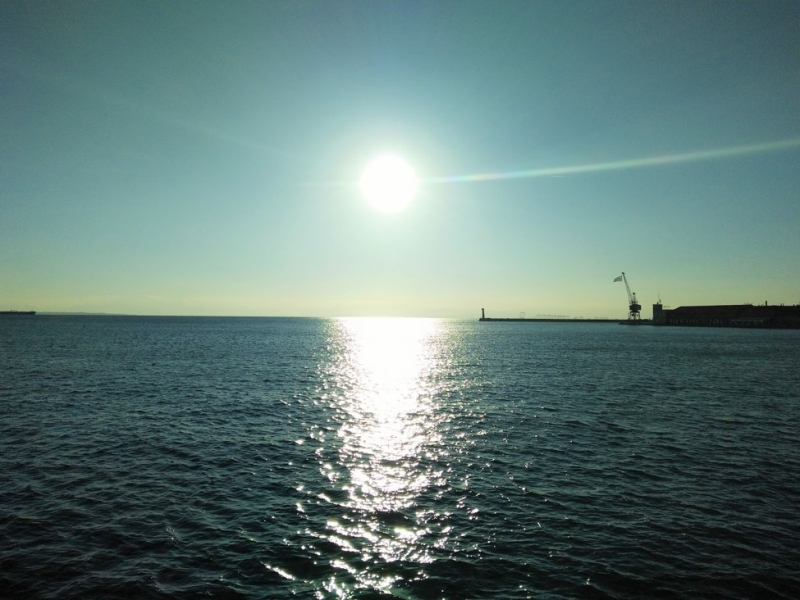
Waterfront
If there is anything I love, it is a view like this. Blue waters, blue skies, and a perfect, bright sun. I could have just sat there all day to admire the views. Since Greece enjoys a temperate climate, the weather remained cool and breezy, and despite the strong sun I did not break a sweat at all. My friends and I spent a long time sitting by the ledge eating ice-cream, singing songs and spending long stretches of time in silence, each taking in the vastness of the view.
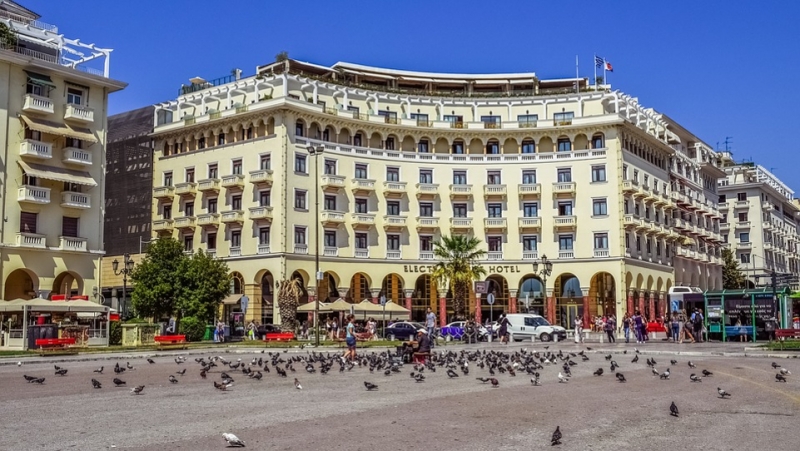
Aristotelous Square
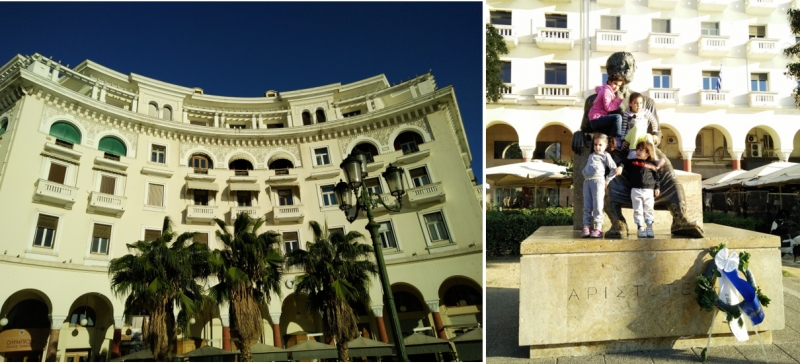
Grand Electra Palace (left), Statue of Aristotle (right)
The seafront is located on the edge of Nikis Avenue, which is also home to Aristotelous Square. There are a total of 12 magnificent buildings within the compound, and their architecture comprised of elements from both Byzantine and Western styles. Everything was grand and palatial, and I was captivated by the way the sunlight shone on these buildings, painting everything with warm, yellow hues. It felt like I was in a dream.
2. Experience the local way of life
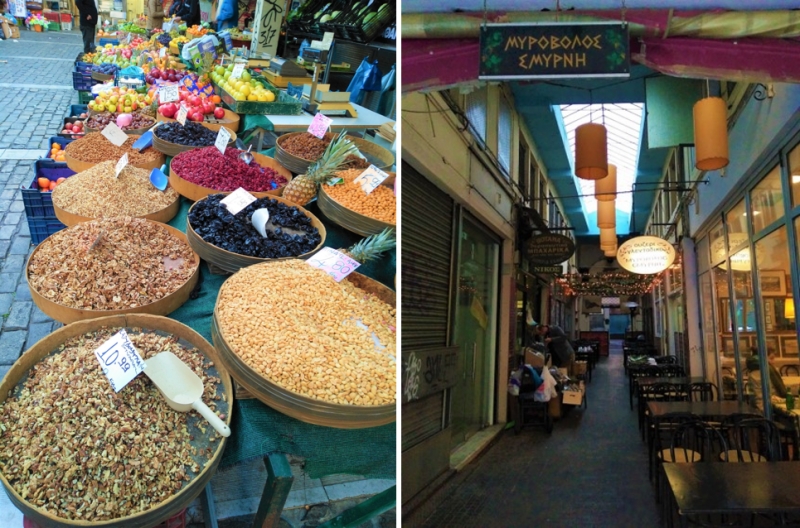
Modiano Market (left), Alley of cafes (right)
To get to the heart of a place, you have to dig deep and experience local culture – this translates to visiting their markets, cafes, and soaking in the atmosphere of the local people’s day-to-day lives. At the Modiano Market, my senses were stimulated by the sight of vibrant and colourful arrays of produce, smell of aromatic spices, and the sound of enthusiastic shop-keepers promoting their goods.
Even though I did not buy anything, or understand what people were saying, (after all, everything uttered was in Greek), I could certainly feel the spirit and warmth of the city through their marketplace. In addition, there were many quaint alleys near the market that housed eclectic cafes and restaurants, which were perfect for a short coffee-break.
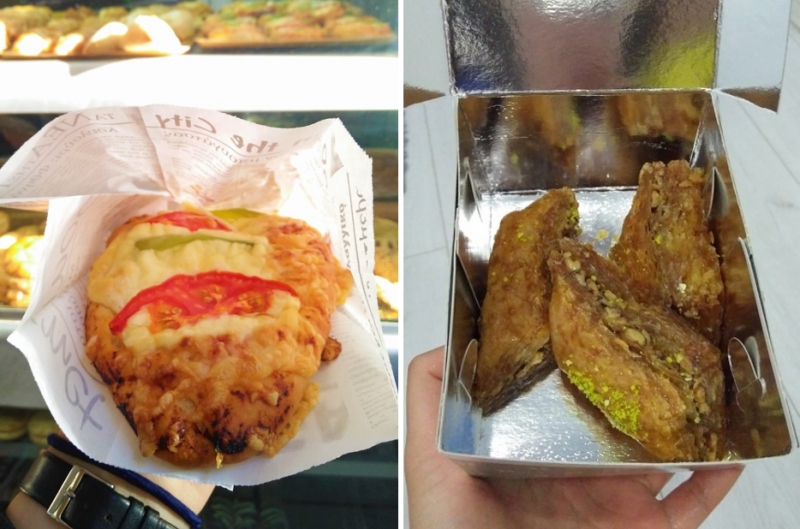
Chilli Cheese Bread (left), Baklava (right)
Another aspect of local life to engage in is of course, the food! I am a big, big fan of the local cuisine, and I could probably eat a Greek Salad every day without getting sick (those were the freshest tomatoes I have ever eaten).
There’s no denying that amazing food can be found all over Greece, such as gyros (meat wrapped in flatbread), moussaka (eggplant and ground meat casserole) and dolmades (vine leaves stuffed with herb rice. Still, I took pleasure in sussing out the small and obscure shops in Thessaloniki to see what more they had to offer.
Every morning, the bakery near my accommodation greeted me with the aroma of freshly-baked bread, and I would get excited over what flavour I should try for the day. Although the choices looked simple, they had incredible texture and unique pairings of flavours.
I enjoyed the cheese-chilli combination so much that I even tried to replicate it at home (to no avail, of course). I also popped into a small dessert shop and picked up baklava, a traditional Greek dessert that is made from layers of filo pastry and filled with nuts and honey. Absolutely yummy!
3. Enjoy an out-of-the classroom history lesson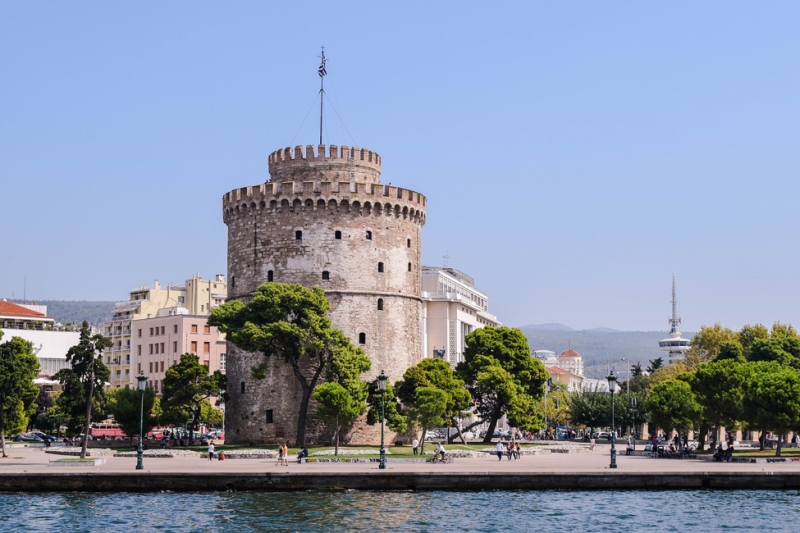
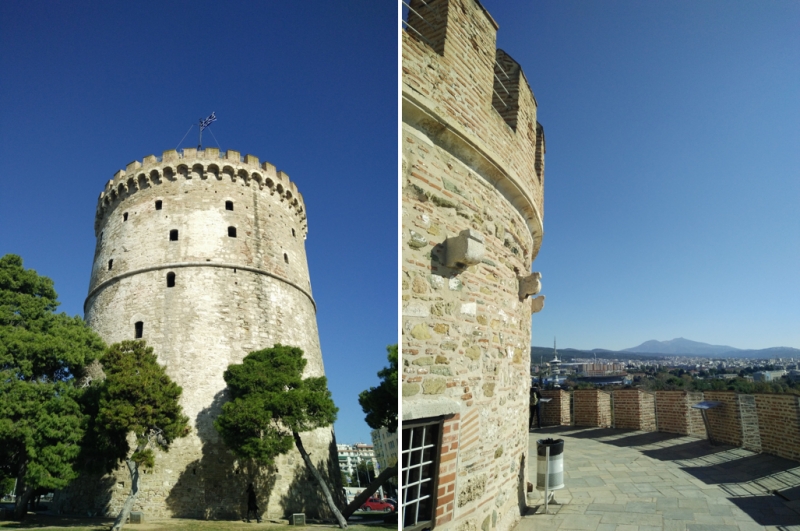
White Tower
Thessaloniki has been through a lot; to put things as simply as possible, the city had been conquered by the Roman Empire, Byzantine Empire, Venice (for just three days), the Ottoman Empire, before it was finally liberated as a Hellenic State after the First Balkan War. I know, this is some intense history.
The White Tower, which overlooks the seafront, is believed to have been constructed during the Ottoman regime (it was first red before being white-washed when it was annexed to the Hellenic State. The tower is symbolic of the resilience of the city, and its museum helped to paint a clearer picture of the struggles that it had once faced.
I made my way up spiral staircases to reach the open-air observation deck, which stood at 32m tall. This provided me with an ideal vantage point to enjoy panoramic views of the sea and cityscape. While the view was truly sublime, I could not help but be poignantly reminded that this beauty and stability had not always been here and should not be taken for granted.
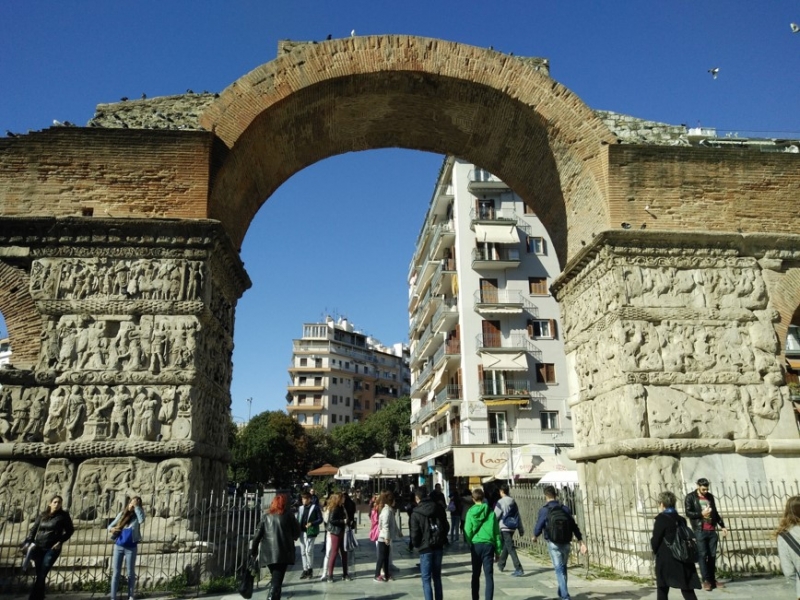
Arch of Galerius
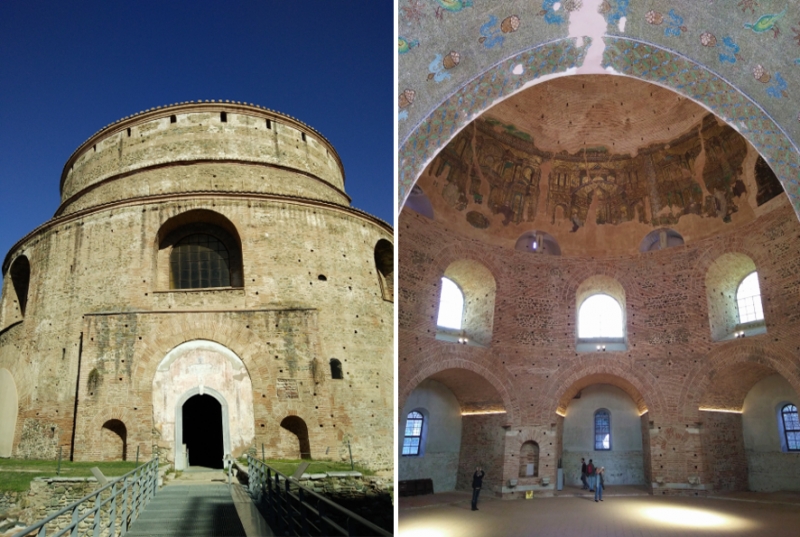
Rotunda
The Arch of Galerius and the Rotunda stand in close proximity to each other, and were commissioned in the 4th Century to represent the power of the Roman Emperor Galerius. The Arch had once comprised of eight pillars, although now only three remain. They were constructed from marble slabs and sculpted to depict various wars.
Although the Emperor had intended for the Rotunda to be used as his mausoleum, he ended up being buried elsewhere. Consequently, another Emperor converted it to a Christian church and it was embellished with intricate mosaic patterns and used as a place of worship.
However, the Rotunda was converted to a mosque during the Ottoman Rule and remained as such for 322 years. Finally, it returned to being a Christian church after Greece gained independence, and is considered to be one of Thessaloniki’s oldest churches.
Even though the structures had been subjected to centuries of wear and tear and a large majority of the mosaic patterns had been destroyed, I still stood before them in awe. The creators put in unfathomable effort in the construction (the mosaic extended all the way to the ceiling!), and I felt so overwhelmed standing at the same spot where thousands of people had knelt for their God. You don’t need to be a spiritual person to be touched by something like this.
4. Get spooked at an old prison
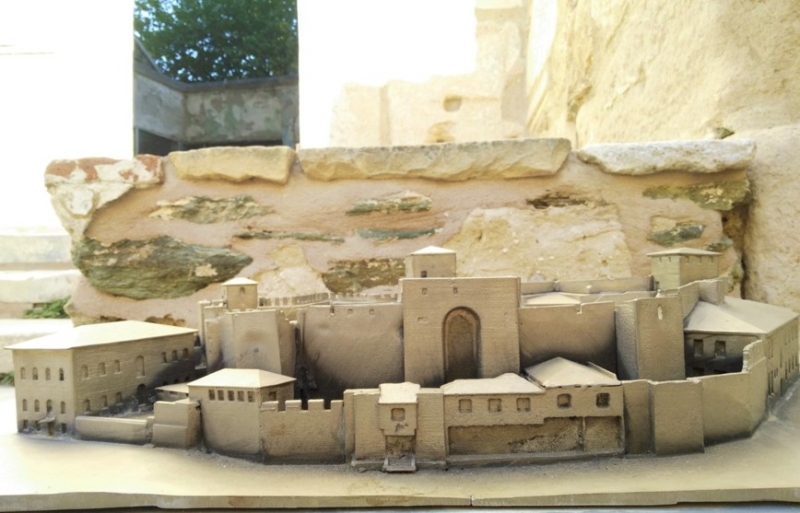
Model of Heptapyrgion
The Heptapyrgion is a place of much intrigue, to both locals and tourists alike. During the Byzantine and Ottoman Eras, it served as a fortress to keep enemy troops out. However, it was converted in the late 19th century by the Hellenic State to a prison, where it remained functional until 1989.
I thought it was humourous that although it was once used to keep the ‘bad guys’ out, it later became the place FOR the ‘bad guys’. Does anyone else appreciate the irony in this?
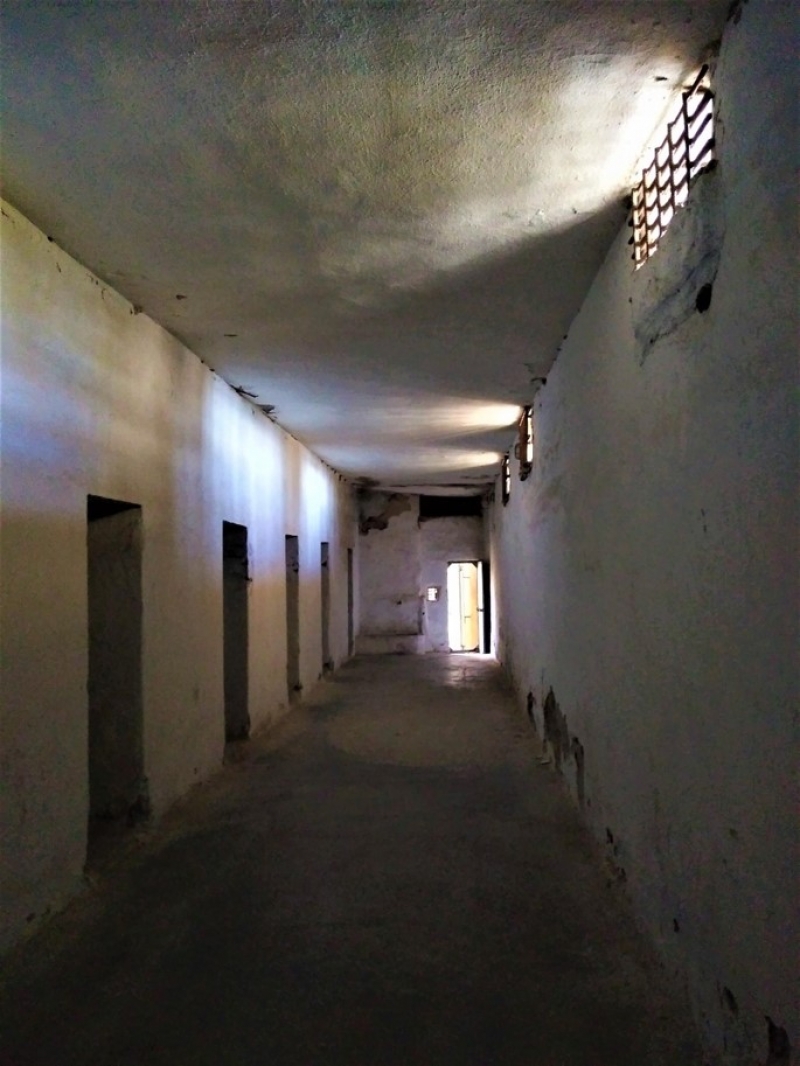
Prison
You can’t really explore the prison unfettered – some places remain mysteriously off-limits. Still, what is available is enough to send chills down your spine. I walked through the cold and dark alleys and looked into the cells of where thieves, rapists and murders had once stayed. At some point, I felt sorry that they had to withstand such harsh and bleak conditions, but maybe they deserved it. Maybe.
5. Stay ‘woke’ at the Museum of Photography
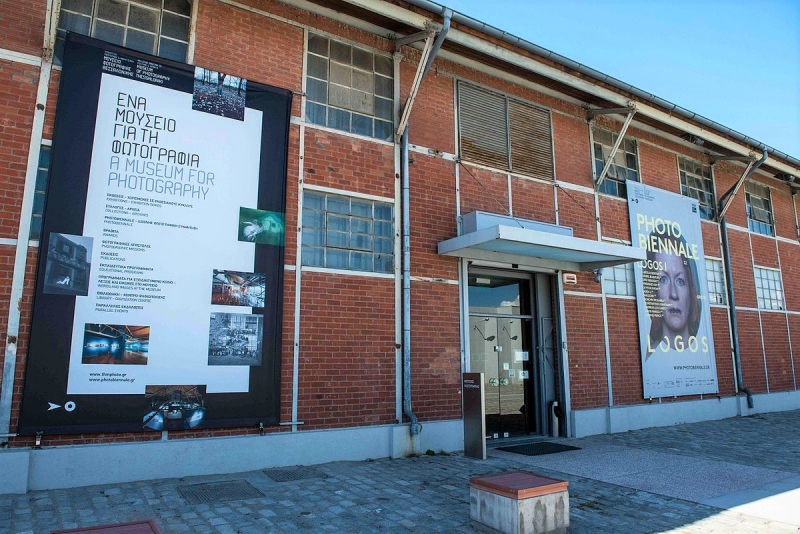
Museum of Photography | Image credit: Postscriptum123
For something a bit more contemporary, I headed to the Museum of Photography, which is also located near the seafront in a 1910 port warehouse. While the exterior exudes rustic and chill vibes, the mood within the museum took on a slightly more sombre tone.
Photographers leverage on the power of their pictures to evoke deeper thoughts and emotions on global issues. When I was there, the running exhibition, ‘Another Life: Human Flows, Unknown Odysseys’ centered on the migrant and refugee crisis. This issue is especially relevant to Greece, which is frequently regarded by migrants as a gateway to Europe.
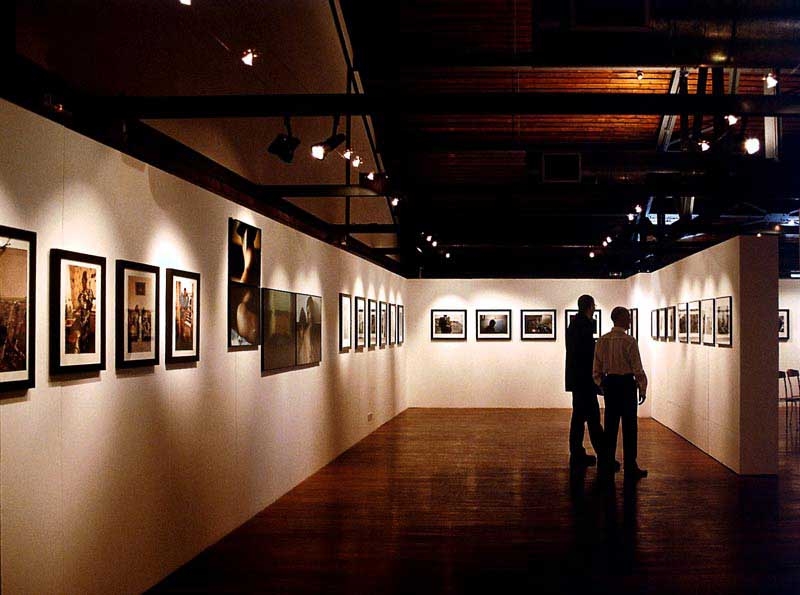
Museum gallery | Image credit: In Thessaloniki
I must admit that I did shed some tears while perusing the gallery, but I was thankful to have had this emotional experience. Perhaps not many travellers like to consider such serious matters while they are on holiday, but you can check out what exhibition is running and then decide if you are up for it.
So there you have it!
Instead of cramming your itinerary with so many activities, perhaps all you need is to do five things. After all, these things have allowed me to forge a deeper connection with Thessaloniki, and I cannot reiterate how much I love the place. If I could, I would go back in a heartbeat.





